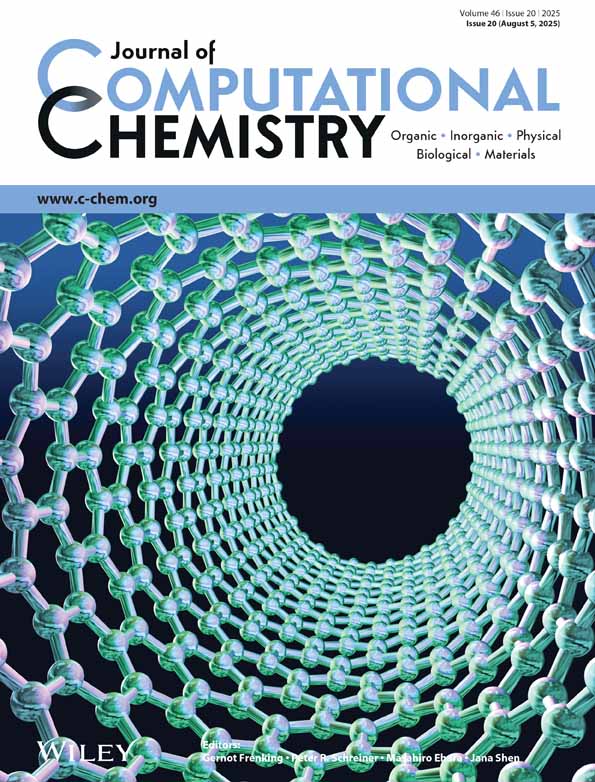Substituent effects on heats of formation, group interactions, and detonation properties of polyazidocubanes
Abstract
We have calculated the heats of formation (HOFs) for a series of polyazidocubanes by using the density functional theory (DFT), Hartree-Fock, and MP2 methods with 6-31G* basis set as well as semiempirical methods. The cubane skeleton was chosen for a reference compound, that is, the cubane skeleton was not broken in the process of designing isodesmic reactions. There exists group additivity for the HOF with respect to the azido group. The semiempirical AM1 method also produced reliable results for the HOFs of the title compounds, but the semiempirical MINDO3 did not. The relationship between HOFs and molecular structures was discussed. It was found that the HOF increases 330–360 kJ/mol for each additional number of the azido group being added to the cubane skeleton. The distance between azido groups slightly influences the values of HOFs. The interacting energies of neighbor azido groups in polyazidocubanes are in the range of 2.3∼6.6 kJ/mol, which are so small and less related to the substituent numbers. The average interaction energy between nearest neighbor N3 groups in the most stable conformer of octaazidocubane is 2.29 kJ/mol at the B3LYP/6-31G* level. The relative stability related to the number of azido groups of the title compounds was assessed based on the calculated HOFs, the energy gaps between the frontier orbitals, and the bond orders of the CN3 and CC bonds. The predicted detonation velocity of hepta- and octa-derivatives is over 9 km/s, and the detonation pressure of them is ca. 40 GPa or over. © 2005 Wiley Periodicals, Inc. J Comput Chem 26: 1263–1269, 2005




